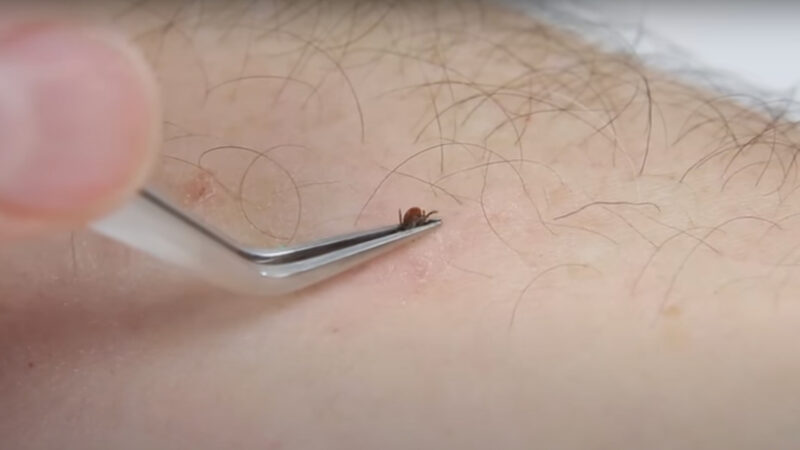With hunters ramping up their pre-season prep work in the woods, encounters with ticks will increase as well. And while you really can’t avoid tick country, you can be better prepared this season. The crew at Insect Shield have all the product and know-how to help you reduce the number of ticks that make their way onto your clothes and body. But they also have some great input on what to do when you do find a tick on your body. Check out the info below for a look at the top mistakes most hunters make when it comes to dealing with ticks.
Spending time outdoors can be a lot of fun, but it also comes with the risk of encountering ticks. Ticks can carry harmful diseases like Lyme disease, Rocky Mountain Spotted Fever, and more, which is why it’s crucial to know how to remove them correctly. Unfortunately, people often make mistakes when dealing with ticks, leading to potential health risks. In this blog post, we’ll cover some of the most common tick mistakes and how to avoid them.
Tick Mistake #1 - Burning the Tick
One common mistake people make is trying to burn the tick with a hot object to make it back out. This is a bad idea because it can cause the tick to spit more germs into your skin. Plus, you risk burning your skin as well. Instead, always use a nice pointy tweezer to remove the tick from as close to your skin as possible and pull it straight out.
Tick Mistake #2 - Using Liquid Products To Make A Tick "Back Out"
Another mistake is using products like essential oils, dish soap, or vaseline to try to get the tick to back out. These might work for certain ticks but this method won’t work for all ticks. It’s better to remove the tick right away as quickly as possible and without squeezing the back end. Remember, the tick is attached to your skin with a straw, and squeezing it can push more germs into your skin. Getting that tick off your body quickly, instead of waiting for the tick to back out on its own, will potentially limit the chances of the tick spitting its germs into you

Tick Mistake #3 - Throwing Your Tick Away
After pulling a tick off your body, it’s tempting to want to throw it away as quickly as possible, but without knowing what type of tick it was, how long it’s been feeding, and what possible germs it could carry, this would be a mistake. So, always make sure to save your tick after pulling it off. You can put the tick in a Ziploc bag or some other container until you have a chance to take a picture of it and send it to a tick expert. It’s essential to identify the tick to know what kind of tick it was and how long it was attached to you. This information will help you determine your risk of disease.
You can send a photo of your tick to TickSpotters and they will provide you helpful information about the tick you’ve found, if there are any possible risks, and best next steps for staying protected.

Tick Mistake #4 - Not Wearing Permethrin-Treated Clothing
The biggest mistake you can make is not wearing tick-repellent clothing. Ticks are out there, and they’re likely to get on you if you go into their habitat. Permethrin-treated clothing, especially socks and shoes sprayed with permethrin, are the easiest way you can help repel ticks and potentially keep them from biting you. It’s essential to take all preventive measures, and wearing tick-repellent clothing should be a part of everyone’s prevention strategy.
In conclusion, ticks can be dangerous, so it’s essential to avoid any mistakes when dealing with them. Always remove the tick with tweezers when you can, don’t throw your tick away, and wear permethrin-treated clothing to help prevent bites in the first place. Avoid old & outdated methods such as burning the tick and using liquid products that may make the situation worse. By following these tips, you can help reduce the risk of tick attachment and get back to enjoying the outdoors safely again.

 By
By 



